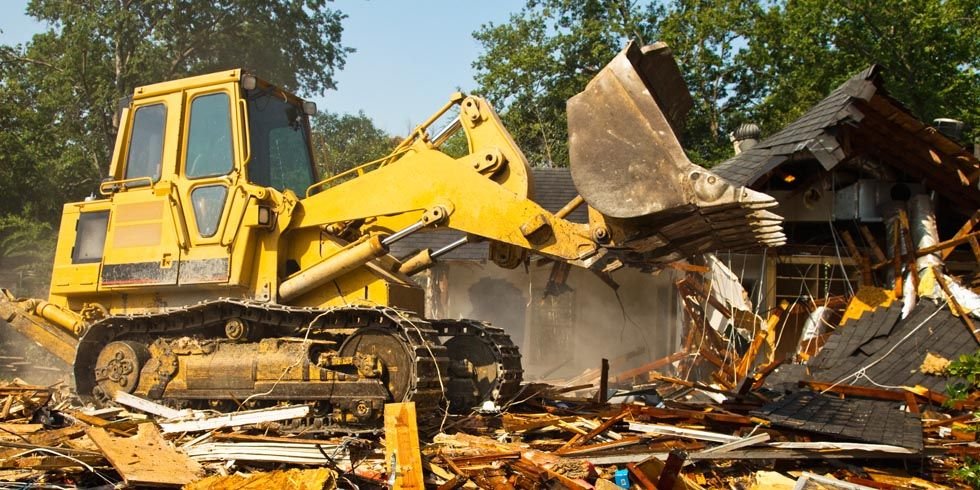HT Digital
October 1, Tuesday: In a significant legal development, the Supreme Court of India issued a contempt notice to the Assam government for carrying out demolitions of 48 houses in Kamrup district without prior judicial approval. The demolitions, carried out under the pretext that the homes were illegally occupying tribal land, have raised concerns over procedural lapses and disregard for prior court directives. The apex court’s notice came in response to a petition filed by the residents of the Mouza-Sonapur area in Kamrup Metro district, who alleged that the state authorities had overstepped their boundaries by carrying out the demolitions without seeking clearance from the court.
The legal tussle began when the residents, represented by senior counsel Huzefa Ahmadi, brought the issue before the Supreme Court, arguing that the government’s actions violated a standing court order dated September 17. The court had earlier announced that it was in the process of formulating nationwide guidelines to address the growing trend of what has been referred to as “bulldozer justice,” a term coined to describe the government’s increasing use of demolitions to clear encroachments or illegal constructions, often without following due legal processes.
While the Supreme Court acknowledged the need to address illegal encroachments, it had made it clear that demolitions should not take place arbitrarily, particularly without prior judicial oversight. The court had emphasized that while no protection would be extended to properties that are illegally constructed or occupy public spaces, demolitions must be carried out only after due process, including the issuance of notices and obtaining necessary judicial permissions. Despite this, the Assam government proceeded with the demolitions in Kamrup, prompting the aggrieved residents to approach the court once again.
The residents have been involved in a protracted legal battle in the Gauhati High Court, asserting their rights to the land in question as power of attorney holders. This ongoing litigation further complicated the situation, as the state government was well aware of the legal proceedings and the claims of the residents. However, the government argued that the homes were illegally built on tribal land, which necessitated immediate action. It maintained that the demolitions were in line with efforts to reclaim tribal land from encroachers, a key issue in Assam where land rights for indigenous populations have been a point of contention.
Despite the government’s justifications, the Supreme Court took a stern view of the matter, particularly the fact that the demolitions were carried out without any prior notice to the residents. The court highlighted that this lack of notice was a clear violation of established legal protocols and could not be condoned. The bench, led by Justice Bhushan R Gavai, noted that the residents had been deprived of the opportunity to defend their claims before the demolitions took place. Justice KV Viswanathan, who was also part of the bench, expressed concern over the ongoing demolitions, even after the court’s previous order.
As the demolitions had already been carried out, with some homes reduced to rubble, the court issued a contempt notice to the Assam government and its officials, seeking an explanation for their actions. The contempt proceedings will be heard in the coming days, and the court has stayed all further demolitions until the matter is resolved. The case is scheduled to be heard again on Tuesday by a bench led by Justice Gavai, where the larger issue of formulating guidelines for “bulldozer justice” will be deliberated.
The Supreme Court’s intervention in this case highlights a growing concern over the manner in which demolitions are being conducted across India. The use of bulldozers to clear allegedly illegal constructions has become a common practice in several states, often without following proper legal procedures. Critics have raised alarms over this trend, arguing that it undermines the rule of law and disproportionately affects marginalized communities who are often unable to defend their rights effectively.
In the present case, the residents of Kamrup have alleged that they were not given a fair chance to present their side of the story. Many of them have been involved in legal battles over the land for years, and the sudden demolitions have left them homeless and without recourse. The government’s justification of reclaiming tribal land has not mitigated the distress caused by the demolitions, particularly given the court’s earlier directive that no demolitions should take place without its permission.
As the legal proceedings continue, the outcome of the case could set a significant precedent for how demolitions are handled in India, especially in cases where there are competing claims over land rights. The court’s eventual guidelines on “bulldozer justice” are likely to have far-reaching implications for future cases of encroachments and demolitions across the country. For now, the residents of Kamrup await the court’s decision, hoping for some relief from the destruction of their homes and a chance to present their claims in a fair and just manner.







